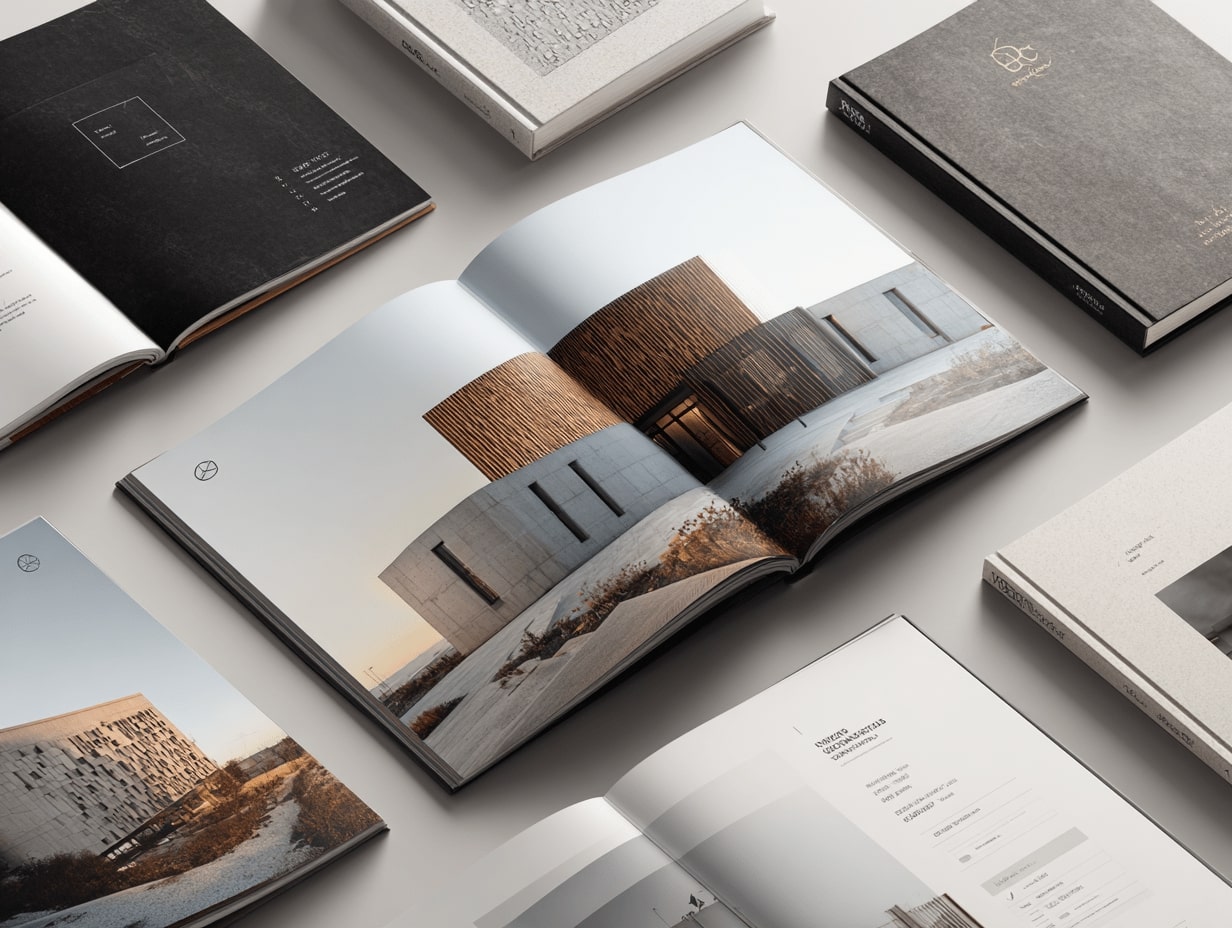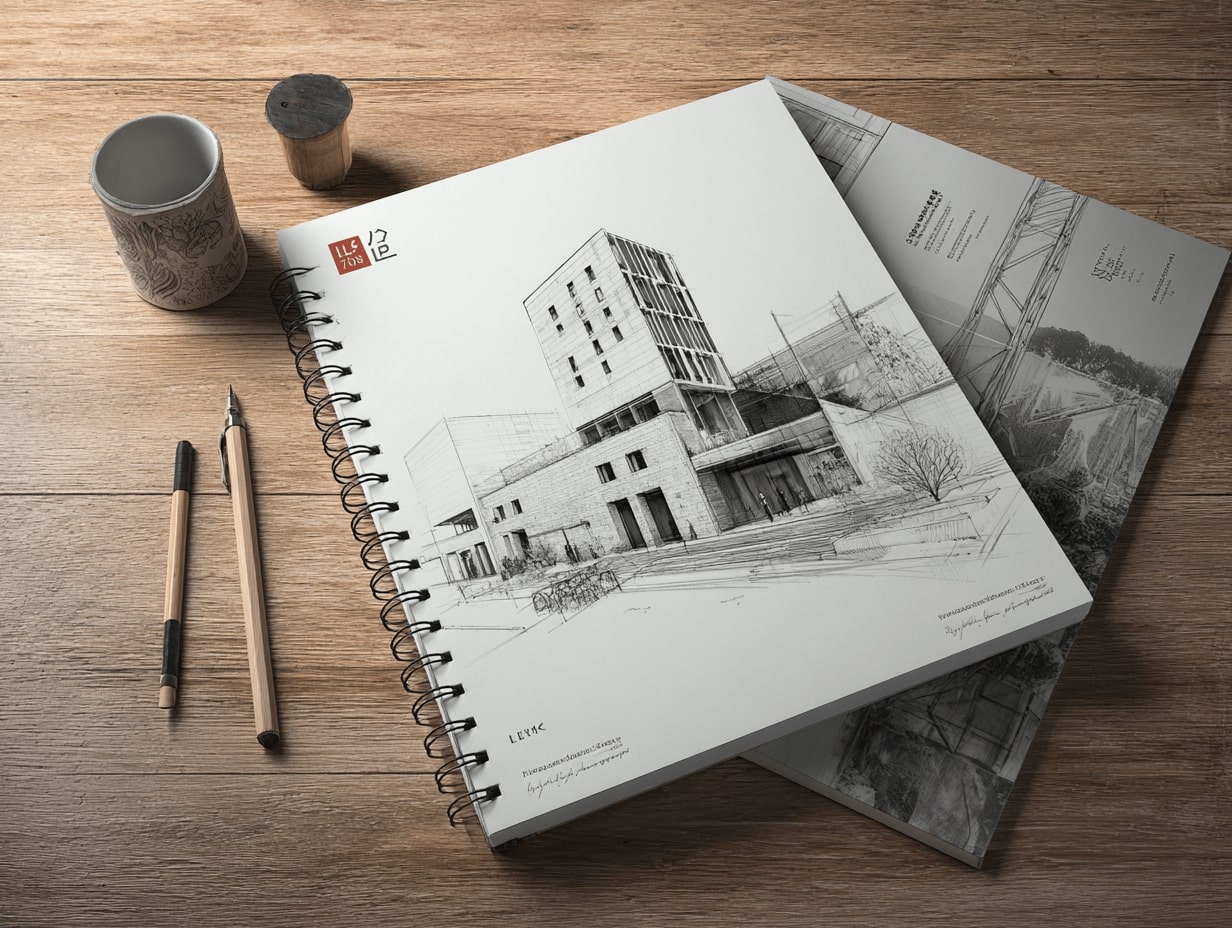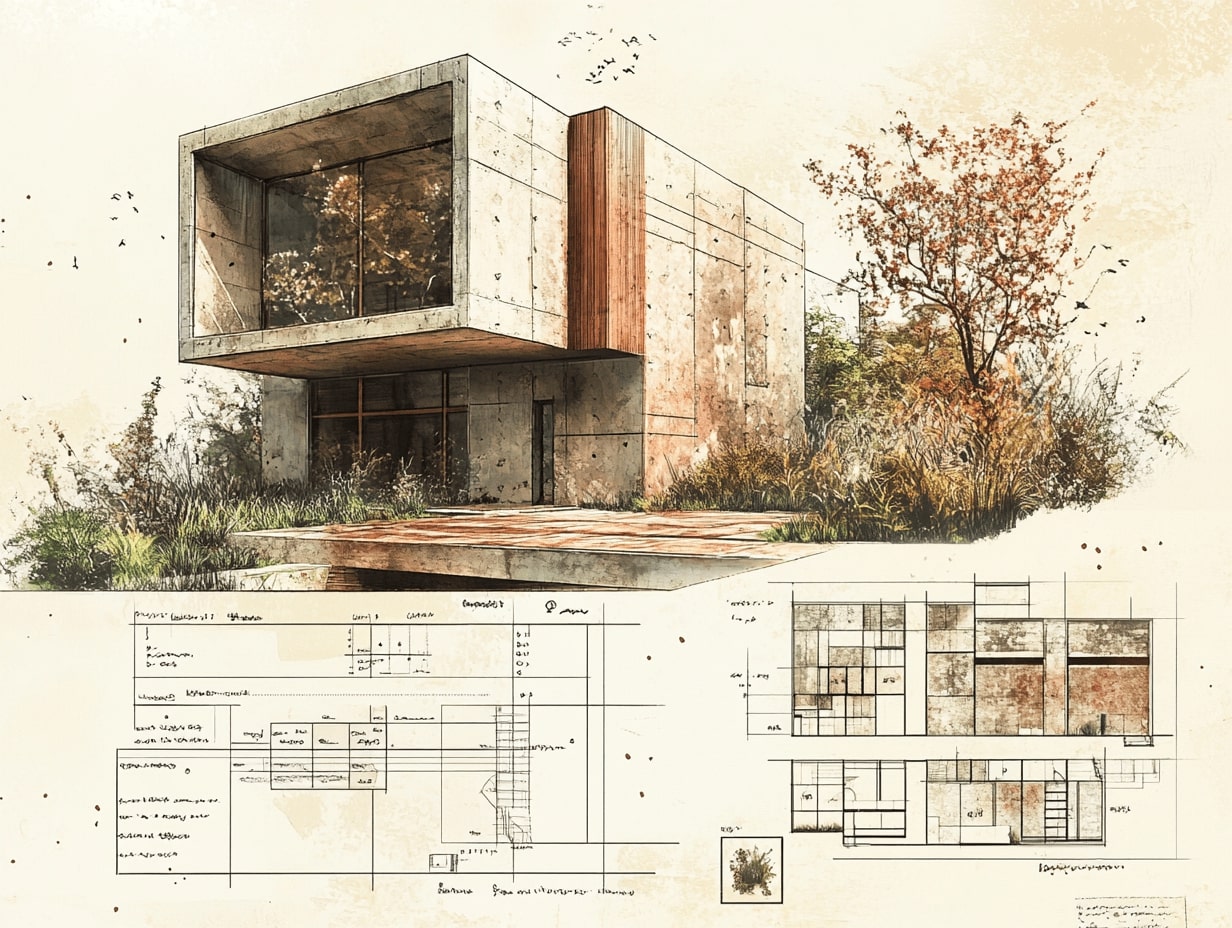- Home
- Articles
- Architectural Portfolio
- Architectral Presentation
- Inspirational Stories
- Architecture News
- Visualization
- BIM Industry
- Facade Design
- Parametric Design
- Career
- Landscape Architecture
- Construction
- Artificial Intelligence
- Sketching
- Design Softwares
- Diagrams
- Writing
- Architectural Tips
- Sustainability
- Courses
- Concept
- Technology
- History & Heritage
- Future of Architecture
- Guides & How-To
- Projects
- Interior Design
- Competitions
- Jobs
- Store
- Tools
- More
- Home
- Articles
- Architectural Portfolio
- Architectral Presentation
- Inspirational Stories
- Architecture News
- Visualization
- BIM Industry
- Facade Design
- Parametric Design
- Career
- Landscape Architecture
- Construction
- Artificial Intelligence
- Sketching
- Design Softwares
- Diagrams
- Writing
- Architectural Tips
- Sustainability
- Courses
- Concept
- Technology
- History & Heritage
- Future of Architecture
- Guides & How-To
- Projects
- Interior Design
- Competitions
- Jobs
- Store
- Tools
- More
The Evolution of an Architecture Student Portfolio: From Paper Presentation to Digital Identity

Table of Contents
ToggleSetting the Stage
SpeedyPaper stands out as a quick fix for students looking to shape their academic writing projects. Yet, the journey of an architecture student’s portfolio is about much more than meeting deadlines. It starts with curiosity, creativity, and a drive to share fresh design ideas with the world. Many new learners discover that the portfolio process feels daunting. They wonder if their sketches, models, and blueprint ideas are worthy of notice.
A portfolio is a student’s visual story: it captures progress, development, and self-expression. This special record begins with basic pencil drawings on paper and grows into advanced digital works. It shows how the student has grown through studio lessons and project plans. Over time, the shift from paper project boards to online galleries has changed how peers and educators view creative progress. This shift brings new ways to share 3D renderings and interactive walkthroughs. A solid architecture student portfolio ties together background sketches, final models, and real-world applications in a single, neat package that speaks volumes about emerging talent.
From Sketches to Organized Pages
Early student portfolios often started as a stack of drawings taped onto sturdy boards. These boards were carried from class to class when project reviews took place. In that paper-focused world, learners spent hours trimming sheets, choosing the best paper for architecture portfolio displays, and arranging sections in a neat manner. Each page told a story of learning, from rough pencil lines to final ink outlines.

This process forced students to think carefully about layout and space. Deciding where a sketch should appear next to a photograph or color swatch required basic design logic. Yet it also showed teachers and classmates how a student thought about structure, shape, and purpose. The physical boards revealed progress through each line and idea. They were often bulky and sometimes hard to protect from scratches or tears. Still, these hands-on displays felt personal. Viewers could examine the texture of the paper and spot the pencil grooves close up. That direct encounter between viewer and portfolio formed a key part of architectural education. It set the stage for the digital revolution that would come soon after.
The Rise of Digital Tools
With modern technology becoming more common, the architecture community began seeking faster ways to share work. The first shifts toward a digital portfolio for students came from early computer drafting software. Teachers and peers realized the value of using design programs to visualize ideas. As a result, the once-secret stash of paper sketches gave way to files, carefully packaged in online folders. This created a new level of ease and speed.
Instead of lugging around bulky boards, learners could fit an entire body of work on a thumb drive. They could send files across email or share them on class forums. Even better, the ability to edit and refine was endless. Every change or addition was saved, and older versions stayed safe on the computer. This led to smoother project reviews and less worry over lost drawings. The focus shifted from physically handling pages to exploring flashy 3D visuals and crisp digital layouts. That openness to quick changes allowed free experimentation, helping students develop unique styles of presenting their concepts to a broader audience.
Discovering Student Architecture Portfolio Examples
Before the internet, students had to flip through printed books or track down alumni work in library archives. Now, it’s simple to find student architecture portfolio examples that show a wide range of creative approaches. These examples guide new learners through style choices, layout designs, and storytelling methods.
Seeing how others arrange images, text, and color can spark new ideas. Some share concept sketches first, while others start with final renderings. The arrangement can differ greatly, but the goal remains the same: to convey design thinking. By studying sample portfolios, learners can spot fresh insights or notice details they may have missed before. They might see how visuals are balanced with explanatory text, or how diagrams appear next to completed images of a building. These puzzle pieces, when placed thoughtfully, help the final collection tell a coherent story. Turning to online showcases provides extra motivation to push creative limits. It also allows students to note trends and figure out how to stand out while staying clear, organized, and true to their voice.
The Role of Paper in the Digital Age
Paper isn’t gone just because virtual methods are strong now. Many argue that the best paper for architecture portfolio layouts remains important for early concept work. A physical sketch can capture raw emotion in ways that some digital tools cannot replicate. The smear of graphite or the splash of watercolor has depth and warmth that feels personal.
By blending paper items with digital elements, students can show a full design journey. A scanned pencil drawing might lead to a slick 3D model in the next slide. This mix proves that the artist knows how to build concepts by hand yet can also polish them digitally when needed. Teachers often encourage these mixed portfolios because they show the best of both worlds. Paper-based pictures reveal original thinking and practical drafting skills. Meanwhile, the sleek digital pieces confirm an ability to use advanced programs. When done well, this combination can help a project presentation feel more complete, offering real proof of skill at every stage.
Importance of a Digital Portfolio for Students
A digital portfolio for students reaches a bigger audience in less time. By sharing links or PDF files, aspiring architects can connect with people across the globe. This is a big step forward compared to older methods, where only those with physical access could see the work. Logistically, it cuts down on back-and-forth shipping costs and time spent printing large boards.
These online collections can also include videos, animations, or interactive elements. A short video walkthrough of a virtual building model can add layers of excitement that plain pictures cannot. This method of showing off creative thinking is especially helpful for complex designs. The viewer can witness structural relationships in a dynamic way instead of just seeing static frames. For job seekers, having a neat, easy-to-access site that highlights top projects can set them apart from other applicants. Recruiters appreciate the convenience of scanning through well-organized platforms. With a digital portfolio, the viewer can zoom in on details, read notes, and even leave comments for immediate feedback.
The Balance of Identity and Technique
Every architecture student portfolio is a reflection of the person behind it. Design decisions, font selections, and color palettes all reveal a piece of the student’s aesthetic sense. Even how final images are arranged speaks to each creator’s logic and personality. For instance, a minimalist design might signal a preference for clarity and function. A bold array of colors might show an eye for striking, lively spaces.

Yet, a portfolio must go beyond style alone. A strong set of works should highlight technical know-how in addition to creativity. This includes an understanding of structure, sustainability, and real-world building needs. Architecture project presentation success relies on fusing visual flair with practical problem-solving skills. By doing so, a student proves that their ideas aren’t just visually appealing, but also grounded in reliable methods. The result is a storyline of growth: sketches become buildings on paper, and buildings on paper become digital showpieces. Maintaining a sense of personal identity while showing strong technique is what helps each portfolio stand out.
Growth Through Feedback and Refinement
No portfolio is ever truly finished. Much like design, it keeps evolving as students learn, get critiques, and adjust their approaches. Through regular workshop sessions, mentors and peers share their thoughts on layout choices and project details. This feedback helps students become more thoughtful about their choices. They might switch up the sequence of images or reorder entire sections if it improves visual flow.
Refinement is not about scrapping everything and starting fresh, unless that’s the best move. Often, it’s about thoughtful tweaks that align each project snippet to the final goal: a portfolio that stands as both practical and creative. Sometimes, that means removing extra text, while other times it means adding more behind-the-scenes sketches. The process of adjusting is a crucial lesson in thinking about the viewer. It helps the student learn how to captivate an audience and highlight the parts of a design that spark the most interest. Over time, each student polishes their style and grows into a more confident designer.
Conclusion—Embracing the Ongoing Journey
The move from paper-based boards to modern online platforms mirrors the bigger story of architectural growth. Today’s learners can explore more possibilities than ever before. They can blend handmade sketches with dynamic 3D models to form an architecture student portfolio that stands out. Whether presenting an early concept or a finished high-rise design, the portfolio remains a vital tool.
While digital showcases save space and connect easily with viewers, classic paper sketches still bring warmth to a project. It’s not about choosing one method over the other. Instead, it’s about using both to tell a full and honest design story. Proper planning and curation go a long way in strengthening a portfolio’s impact. Each page or slide reveals what makes a creator unique. By refining, gathering feedback, and updating their work, a student keeps their portfolio fresh and represents their growth. That mission of storytelling, supported by a strong personal touch, lies at the core of a successful architecture student portfolio.
illustrarch is your daily dose of architecture. Leading community designed for all lovers of illustration and #drawing.
Submit your architectural projects
Follow these steps for submission your project. Submission FormLatest Posts
Digital Marketing: The New Portfolio for Showcasing Skills and Attracting Opportunities
Discover how digital marketing has revolutionized the traditional portfolio in today's fast-paced...
Essential Tips for a Good Architecture Portfolio to Impress Employers and Clients
Unlock your architectural potential with our essential tips for crafting a standout...
How to Stage a House for an Architectural Portfolio Shoot
A house might look beautiful in person, but through a lens? That’s...
The Process Behind a Successful Architecture Portfolio: Tips for Design and Presentation
Discover the art and strategy behind building a standout architecture portfolio. Learn...












Leave a comment